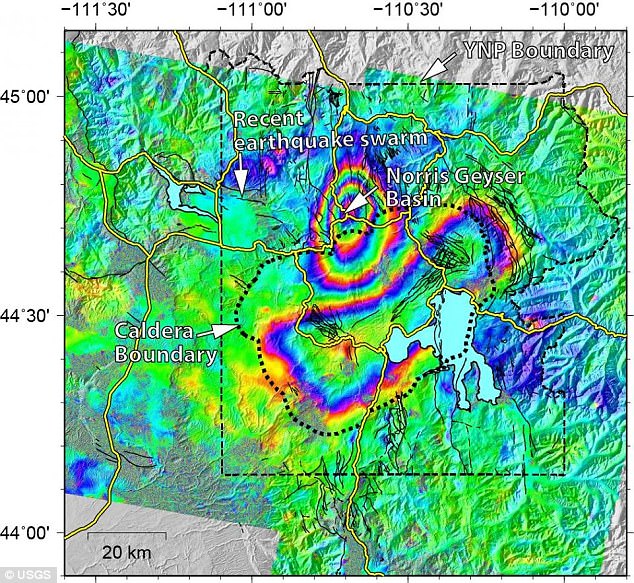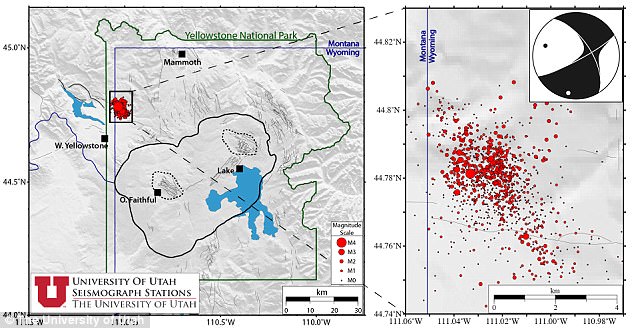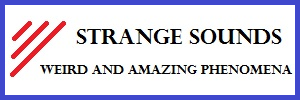Since the swarm began on June 12, there have been over 1,562 earthquakes.
The quakes release uplift-causing pressure, allowing ground to sink back down. Still, experts say the risk of an eruption remains low, with alert level at normal.

As small earthquakes continue to rumble around the Yellowstone supervolcano in Wyoming, scientists have revealed new evidence of the changes going on beneath the ground.
A new map from the US Geological Survey shows how the ground around the Yellowstone caldera has deformed over the span of two years, as the quakes release uplift-causing pressure, allowing the ground to sink back down.
This activity is typically linked to changes in magma and gases deep below the surface – but for now, the experts say there’s no cause for worry.
Earthquake swarm
The University of Utah’s Seismograph Stations (UUSS) have been monitoring the activity since it began June 12.
A total of 1,562 quakes have been recorded so far at Yellowstone since the swarm began.

Earthquake swarms are common in Yellowstone and, on average, comprise about 50 per cent of the total activity in the Yellowstone region.
Although the latest swarm is the largest since 2012, it is fewer than weekly counts during similar events in 2002, 2004, 2008 and 2010.
Seismic activity could be a sign of an impending eruption of the supervolcano, although this is impossible to predict exactly.
Follow us on Facebook and Twitter













wouldn’t it be easier just to pop it on a specified day. Giving people instructions and prep time. carving the blast to lead ash magma to designated flow trenches. A day of choice rather that just letting it happen.